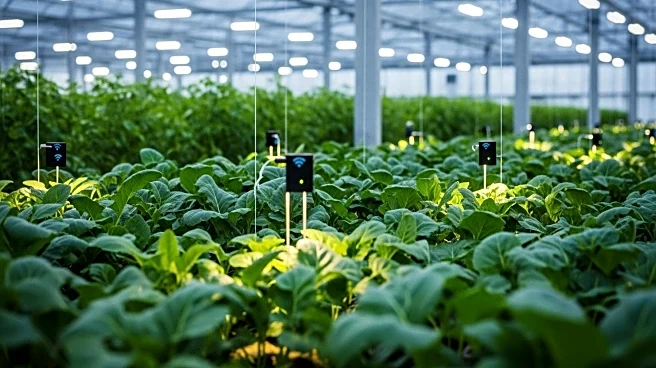What's Happening?
Stallion India Fluorochemicals Limited has announced its financial results for the second quarter of fiscal year 2026, ending September 30, 2025. The company reported a total income of Rs. 105.75 crore, a slight decrease from Rs. 110.54 crore in the previous quarter ending June 30, 2025. However, this represents a significant increase from the Rs. 67.97 crore reported in the same period the previous year. The net profit for the quarter was Rs. 11.41 crore, up from Rs. 10.36 crore in the previous quarter and substantially higher than the Rs. 0.85 crore reported in the same quarter of the previous year.
Why It's Important?
The financial performance of Stallion India Fluorochemicals indicates a positive trend in profitability, which could have implications for stakeholders and investors. The increase in net profit suggests effective cost management and operational efficiency, which may enhance investor confidence and potentially attract more investment into the company. This growth could also impact the chemical industry in India, as Stallion India Fluorochemicals strengthens its market position, potentially influencing pricing and competition within the sector.
What's Next?
As Stallion India Fluorochemicals continues to report improved financial results, the company may explore expansion opportunities or strategic partnerships to further enhance its market presence. Stakeholders will likely monitor upcoming financial reports and industry developments to assess the company's long-term growth potential. Additionally, the company might focus on innovation and sustainability initiatives to align with global industry trends and regulatory requirements.
Beyond the Headlines
The financial growth of Stallion India Fluorochemicals could have broader implications for the Indian chemical industry, potentially driving advancements in technology and sustainability practices. As the company strengthens its financial position, it may invest in research and development to improve product offerings and reduce environmental impact, aligning with global shifts towards greener chemical production.











